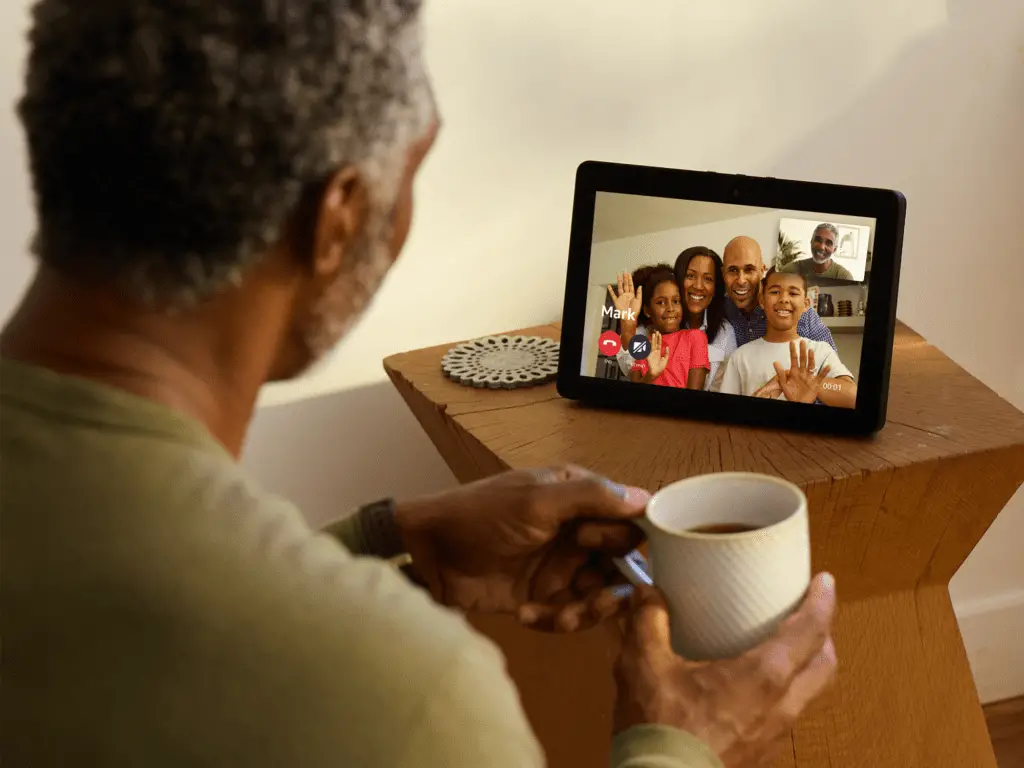
With options like Amazon Echo, Apple HomeKit, Google Nest, the search for the ultimate smart home assistant can seem overwhelming. When you think you’re buying a home hub, you’re actually buying the assistant inside the hub. Getting the right assistant is the most important step in setting up a smart home. It affects peripherals (cameras, switches, etc.), connectivity types (Bluetooth, Wi-Fi, Z-Wave, etc.) and interaction methods (voice, app, etc.).
Amazon Echo (Alexa)
I joke about how I fell into having an Amazon smart home, but it’s true. I purchased an original Echo (remember the huge black tower? It’s still my garage speaker) because the sound was impressive and I thought the voice activation was cool. All I had to say was, “Alexa, play the Civil Wars” and I felt like I ran the world. Fast forward three years and I’m married. We have Echos, Dots, and Shows all over our house.
Most smart-home products are Alexa-enabled (you can even filter by it on Amazon searches). I’ve got TP-Link brand outlets and light switches, a Honeywell thermostat, Roomba, and Lockly Secure Pro deadbolt which all talk to Alexa directly. Amazon also owns companies like Ring and Blink, along with major portions of Ecobee and several other smart home companies. This means Alexa-enabled devices aren’t likely to disappear anytime soon.
Apple HomeKit (Hey, Siri)
When I think of Apple, I mainly consider the little device in my pocket that controls my life — my phone. Apple started with Steve Jobs in his garage, but they’ve taken over the world with iPhones, iPads, and MacBooks. All that said, they’ve had a few misses (anyone remember the Newton?) and the jury still seems to be out on their HomePod. This is pretty unfortunate since without it Apple is left with a gaping hole in the smart speaker category.
“But wait!” I hear you say, “over 900 million people are using iPhones worldwide.” All I said was their smart speaker wasn’t popular, Apple HomeKit is much more than just the HomePod (phew).
While the speaker is not a rousing success, it doesn’t kill the HomeKit, so much as mildly cripple it. Obviously, having your iPhone running your smart home is practical, and it’s here that Apple shines. Being able to tie home automation to the location of your smartphone is a darn handy trick Apple has mastered. Beyond that, Apple’s devices talk to each other very naturally. My iPad, iPhone, and Macbook Pro all share information with each other seamlessly over Apple’s famously secure Cloud. This is one of the many perks of owning the phone your app is developed for, rather than developing an app for a phone you don’t own (cough, Amazon Fire Phone, cough).
While HomeKit devices are fewer and farther between, there are many who feel Apple’s chokehold on who can develop compatible products (like the Philips Hue, WeMo Mini Smart Plug, and Ecobee Smart Thermostat) has enabled a level of quality control higher than that of Amazon and Google. Apple has worked its way into our pockets, but only time will tell if they can work their way into our smart homes.
Google Assistant (Hey, Google)
Is anyone else concerned about Google taking over the world? Just me? I’m sold out to Amazon, so you tell me if I’m the pot or the kettle. Anyway, Google jumped into the smart home game with Google Assistant in May of 2016. It was first featured on their “iPhone killer” Gen 1 Pixel smartphone. Fast forward a few years and the Pixel is still around. I hear it’s now in its 4th generation, though I have yet to see one in person.
Google bought Nest on January 14th, 2014 for 3.2 billion dollars and paired it with their world-dominating search engine. By then, Nest had already branched beyond their learning thermostats (in their 2nd gen at the time). They developed their Protect smoke and carbon monoxide detectors. The app allows checking via phone. Since then, Nest has grown substantially, and now offers its own hubs, video doorbells, cameras, thermostats, and more; all powered by America’s #1 search engine, Google.
Since Amazon, Apple, and Google are all duking it out for your hard-earned cash, who wins? Ultimately, each has its strengths and weaknesses.
Amazon is compatible with every avid shopper, and its voice ordering feature is helpful. Unfortunately, Alexa can be a little stupid sometimes, misunderstanding basic instructions.
Apple has conquered the world with their phones and computer-type devices, which means their interface is pretty tops, and location-based home automation is beautiful. Their Achilles heel is the product’s high price-point. The limitation of outside developers may be the HomeKit downfall. Also, Siri is equal, if not worse, than Alexa for understanding basic instructions.
Finally Google Nest: By having the strongest search engine, and eliminating the “middlemen” of Alexa and Siri they have what is usually lauded as the smartest and most naturally conversational assistant on the market. While they’re perhaps a little behind Amazon for overall compatibility, you will likely find a comparable Nest device for everything Amazon offers.
One final note: if you look through the links you’ll find a pattern. Amazon — America’s #1 e-retailer — doesn’t sell the HomePod or Nest Hubs. However, Nest peripherals are available and cross-compatible with Echo hubs. In the end, I’m pretty happy I went with Alexa for my smart home.

Love watching movies !
It’s hard to say
wonderful post, very informative. I wonder why the other experts of this sector do not notice this. You should continue your writing. I am confident, you’ve a huge readers’ base already!
We are a bunch of volunteers and opening a brand new scheme in our community. Your web site provided us with helpful info to paintings on. You’ve done an impressive task and our entire group will likely be grateful to you.
Thanks for this.
Thank you so much, been looking for this.
Best movie i have ever seen !
When do we get more?